Cartoons can take many forms. Some are meant exclusively for children, while some are meant exclusively for adults. Some are intense and intricate and artful, while others are goofy and strange. Some are action heavy, while others are focused on character interactions. Some, however, such as “Adventure Time,” “Regular Show” and “Gravity Falls,” meet at a sort of shared space in the middle of their target demographics, creating a unique cultural phenomenon; the programs are technically meant for children, but each has amassed huge adult and young-adult followings. The primary explanation for their success is their quality, as each is full of genuinely hilarious moments and complex characters. But it is, as usual, more complicated than that.
1. “Adventure Time”
Though “Adventure Time” now has a rabid adult following, that was not always the case. The show’s aesthetic is bright and nonsensical, the stakes seem fairly low at first glance and the premise seems to revolve around a boy and his shape-shifting dog. However, a darker thread runs beneath the rainbow-infused surface of the magical “Land of Ooo.” For one, the show steadily reveals that the magical land, a universe in which candy is alive and every nation has its own respective princess to save, is the result of a nuclear war. Ooo is therefore a sort of magical, post-apocalyptic wasteland where Finn, the protagonist, is the only human left. Complicated character relationships emerge as he wrestles with this existential loneliness, from his deep bond with his dog, Jake, to his doomed love for a princess made of pure fire.

The very dark, (philosophically) relatable struggles underlying the show move the tonal approach from amusing to artistic. The optimism that is central to Finn’s character and to the show’s general aesthetic is not just meant to entertain and pacify children, but to deliver a pointed message about the power of positivity in the face of horrific circumstances. It is a message that is built on a world with increasingly complex layers of lore and backstory, a message that rewards its audience for paying attention.
In addition to the show’s dark existentialism, adult humor abounds. Goofy words like “math” and lump” replace swear words in the show (e.g. “What the math” or “Lump off”). Finn tries to kiss Flame Princess, but is burned when her emotions cause her to overheat. They then proceed to talk about kissing as if the act was equivalent to having sex, questioning if they are too young for it, saying that “kissing” isn’t as easy or wonderful as people say if they aren’t safe about it and deciding to use a rock for “protection.” The little moments that fly over kids’ heads keep the older audience engaged even in the less substantial parts of the plot. And so while the kooky visuals, strange arcs and ridiculous characters may not be for everyone, it is also easy to see why this Emmy-winning show has held the attention of adults and kids alike for nine seasons.
2. “Regular Show”
A conversation about adult humor hidden in children’s cartoons is the perfect segue to talking about “Regular Show.” J.G. Quintel’s series about two slackers, who happen to be a giant bird and a raccoon, trying to keep their groundskeeping jobs at a park while simultaneously doing no work at all, has the tone of a show you’d see on Adult Swim. The characters seem to talk like prototypical college stoners, snickering when their boss tells them about the “giant balls” in the company ballroom, using words like “Dude” and calling out “Ohhhh!” whenever they want to celebrate or insult someone. They even seem to get drunk by drinking “soda” and eating “pizza.” What seems like a cheap meal will slowly ramp up into a scene where the characters are stumbling around, going on long rants, making poor decisions and knocking over anything in their way.

Each episode has some sort of normal, if not subtly stupid, premise that explodes into absurdity at the two-thirds mark of its runtime. For example, in one of the earlier episodes, the two protagonists play a game of Rock, Paper, Scissors in which they tie over and over. When they tie for the hundredth time, a black hole opens up and a monster emerges threatening to kill all of them. The attitude of the characters and the insanity of each plot gives the entire show the vague sense of being drug-induced. That the show might have some mooring in narcotics is not a far-fetched concept, as J.G. Quintel derived the premise and several character designs for “Regular Show” from his animated short “2 in the AM PM.” In this short, two human slackers are working at a gas station and ingest LSD through candy. They then begin to see themselves morph into different creatures, including a giant bird and a talking gumball machine, two major characters in “Regular Show.”
And to reiterate, the show is absolutely filled to the brim with adult references, far more than the other two shows on this list. You might see a commercial within the show where a cologne makes bikini-clad women run up to the newly scented man and rip off his clothes. You might see Benson (the gumball machine) looking at pictures of partially deconstructed gumball machines online as if it were porn. You might catch the characters getting dangerously close to saying swear words before getting punched in the stomach. Whatever you see, it should be obvious why the show has gained a lot of traction with not just kids, but college students and adults as well.
3. “Gravity Falls”
While “Gravity Falls” also has its fair share of adult humor, its appeal to adults is a little more substantive. For one, there is the artwork. The show is gorgeous, from its characters to its action sequences to its meticulously shaded backgrounds. The attention to detail is striking, and it can be seen in aspects other than the animation as well.
The premise of the series is that two twins, Dipper and Mabel, are sent to a town called Gravity Falls, Oregon, to live with their great uncle for the summer; while there, they discover that the town is plagued by supernatural creatures and anomalies. From there, the plot unfolds carefully and tantalizingly. While almost every episode is self-contained and has its own monster or problem to deal with, details about the overarching plot are added carefully, until the tension explodes into extremely high-stakes and emotionally taxing moments of drama and action, studding the series with plot twists, dark reveals and philosophical pondering. What makes it more intense is that Dipper and Mabel are only twelve years old, and for the most part they act like it. As a result, many of these crazy moments of pressure and possible death are lost on them. They always assume everything will work out fine and that they can always trust the people close to them, both assumptions that are debunked in terrific fashion.
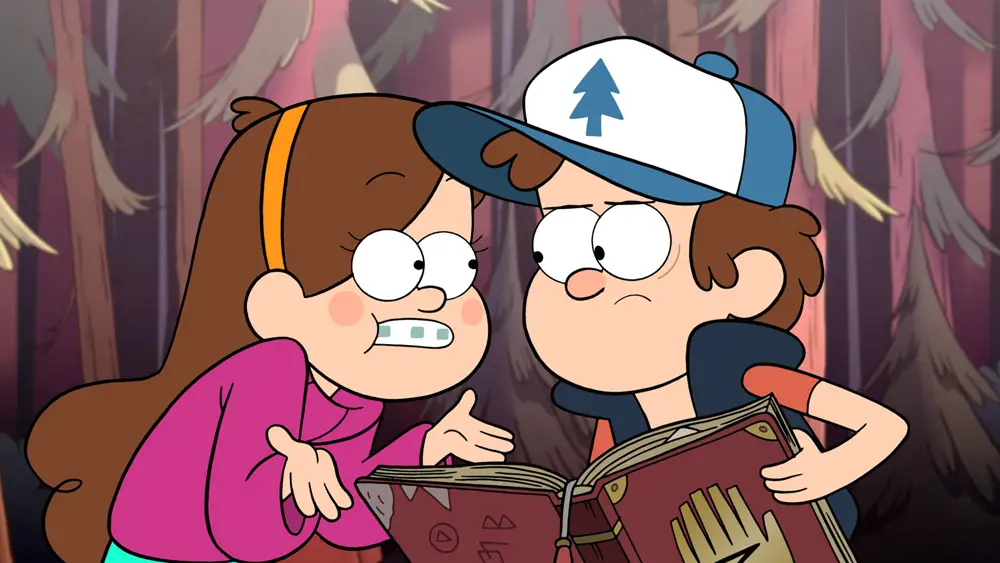
The antagonist, “Bill Cipher,” is a perfect representation of this paradox of tone. His appearance is a floating yellow triangle with a single eye and a top hat. His initial demeanor is calm and charming, but it quickly becomes clear that not only is Bill capable of amazing things with his supernatural powers over the mind, he is also a diabolical sociopath dead-set on turning the main characters against each other and destroying the universe. He toys with the children mercilessly, especially Dipper, who is tricked into letting Bill possess his body. While Bill has control of Dipper’s body, he begins to casually self-harm by slamming his arms in drawers or sticking forks into his flesh while laughing and saying, “Pain is hilarious.” It is moments like these that set the show apart from its peers and get the attention of adults and young adults.
Despite fans’ pleas, Disney ended the show after only two seasons, though it is clear why. The arc of the plot was precisely measured and calculated, and so the story really does effectively end after the Season 2 mark. The entire approach to the show is reminiscent of “Rick and Morty,” whose co-creator Justin Roiland is close friends with “Gravity Falls” creator Alex Hirsch. There are even numerous crossover references in the shows, implying that they take place in the same universe (or, more accurately, the same multiverse). Throw in a sweeping list of hidden codes and Easter eggs in every episode, and the result is something that will capture the imagination of any attentive viewer, regardless of age.


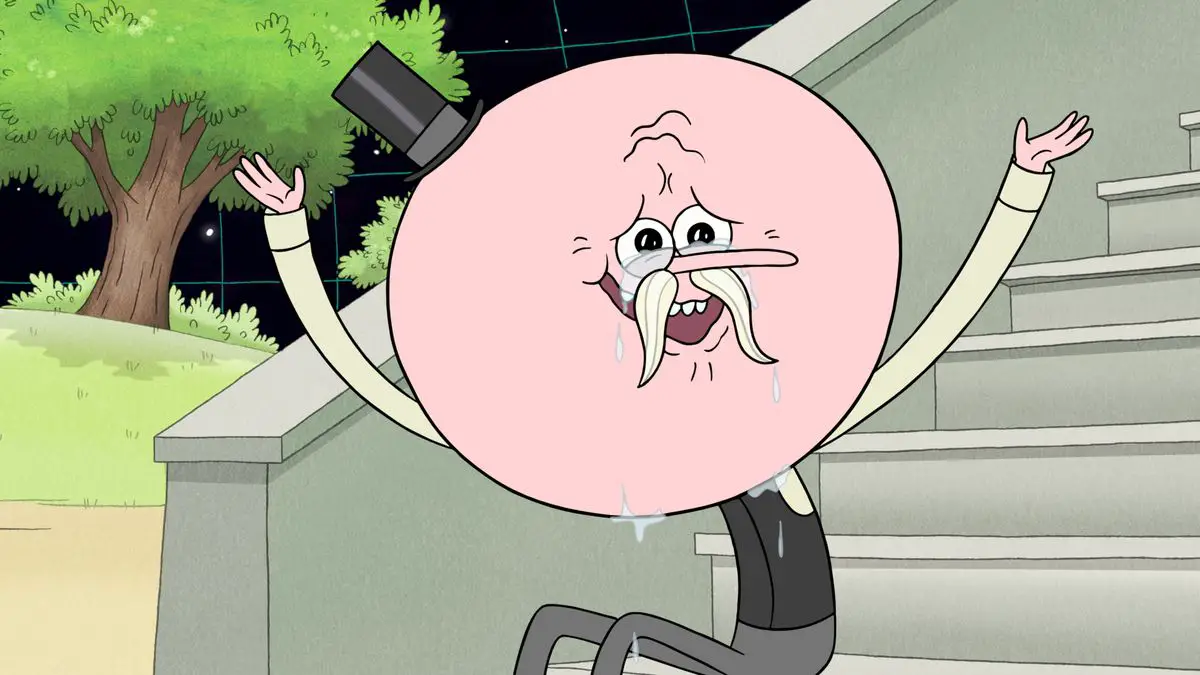



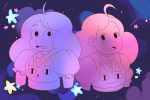
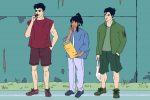

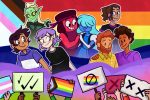

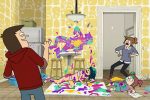
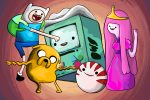





[…] comedian and artist, the creator and producer of NBC’s sitcom “Community,” and co-creator of Adult Swim’s popular cartoon franchise, “Rick and Morty.” While he has received much praise for these shows, […]